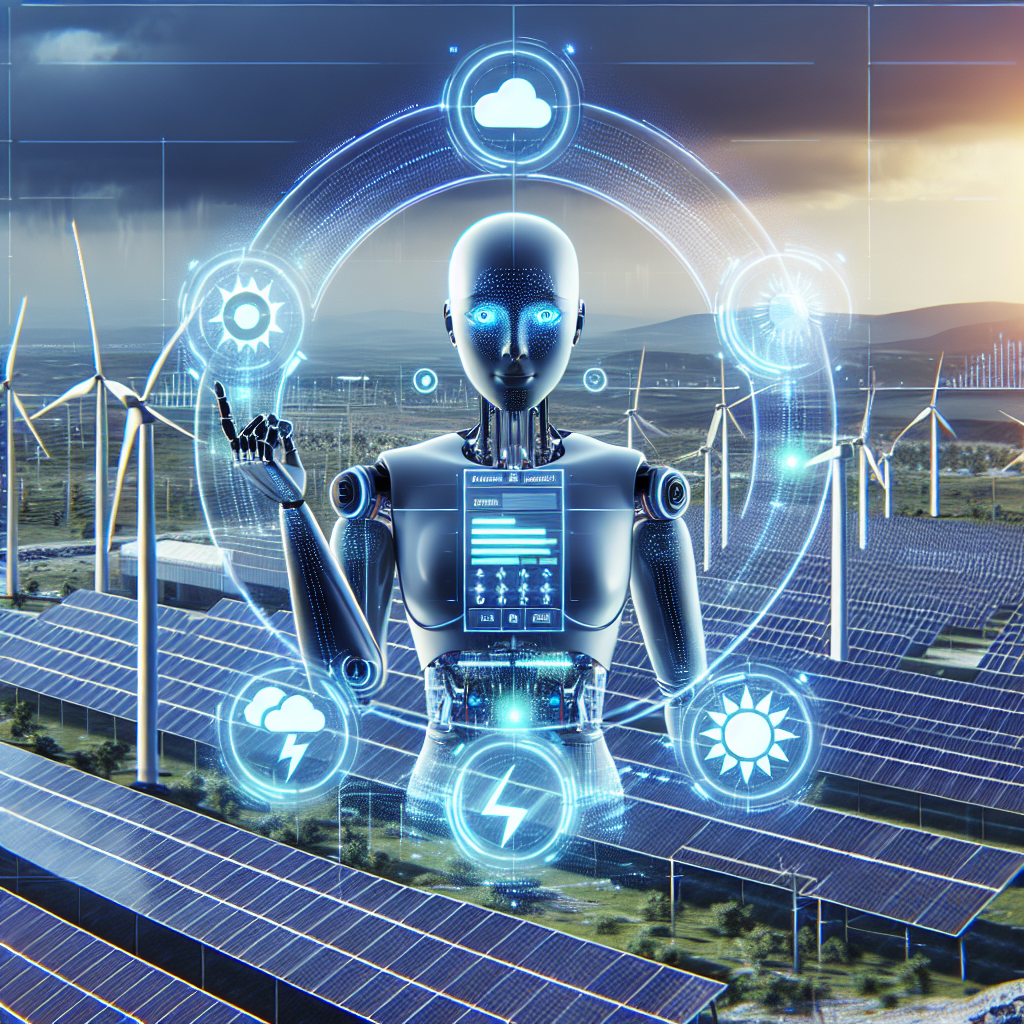The Future of Renewable Energy Forecasting with AI
Renewable energy sources such as solar and wind power have gained significant traction in recent years as the world looks to transition away from fossil fuels and reduce greenhouse gas emissions. However, one of the challenges facing the widespread adoption of renewable energy is the variability and intermittency of these sources. This variability makes it difficult to predict how much energy will be generated at any given time, which can pose challenges for grid operators and energy market participants.
To address this challenge, researchers and industry experts have been exploring the use of artificial intelligence (AI) and machine learning algorithms to improve the forecasting of renewable energy generation. By leveraging the vast amounts of data generated by renewable energy sources, AI algorithms can help predict how much energy will be generated in the future with greater accuracy, allowing grid operators to better manage the integration of renewable energy into the grid.
One of the key advantages of using AI for renewable energy forecasting is its ability to analyze and learn from large datasets in real-time. Traditional forecasting methods rely on historical data and statistical models to predict future energy generation, which can be limited in their accuracy and flexibility. AI algorithms, on the other hand, can adapt and improve their predictions as new data becomes available, leading to more accurate and reliable forecasts.
Another advantage of using AI for renewable energy forecasting is its ability to take into account a wide range of variables that can impact energy generation, such as weather conditions, time of day, and grid demand. By analyzing these variables in real-time, AI algorithms can provide more granular and timely forecasts that can help grid operators optimize the integration of renewable energy into the grid.
In addition to improving the accuracy of renewable energy forecasting, AI can also help optimize the operation of renewable energy assets. By predicting how much energy will be generated in the future, AI algorithms can help energy market participants optimize their trading strategies and maximize the value of their renewable energy assets. This can help drive down costs and improve the overall efficiency of renewable energy generation, making it a more attractive option for investors and energy consumers.
Overall, the future of renewable energy forecasting with AI looks promising, with the potential to revolutionize how renewable energy is integrated into the grid and managed in real-time. As AI technology continues to advance and become more sophisticated, we can expect to see even greater improvements in the accuracy and reliability of renewable energy forecasting, paving the way for a more sustainable and efficient energy system.
FAQs
Q: How does AI improve renewable energy forecasting?
A: AI algorithms can analyze large datasets in real-time and adapt to changing conditions, leading to more accurate and reliable forecasts of renewable energy generation.
Q: What are the advantages of using AI for renewable energy forecasting?
A: AI can provide more granular and timely forecasts, take into account a wide range of variables, and help optimize the operation of renewable energy assets.
Q: How can AI help optimize the operation of renewable energy assets?
A: AI algorithms can predict how much energy will be generated in the future, helping energy market participants optimize their trading strategies and maximize the value of their assets.
Q: What are some of the challenges facing the adoption of AI for renewable energy forecasting?
A: Some of the challenges include data quality and availability, the complexity of AI algorithms, and regulatory hurdles.
Q: What are some examples of AI technologies being used for renewable energy forecasting?
A: Some examples include neural networks, support vector machines, and deep learning algorithms.
In conclusion, the future of renewable energy forecasting with AI holds great promise for improving the integration of renewable energy sources into the grid and optimizing the operation of renewable energy assets. By leveraging the power of AI algorithms to analyze large datasets in real-time, we can expect to see even greater improvements in the accuracy and reliability of renewable energy forecasting, leading to a more sustainable and efficient energy system.

